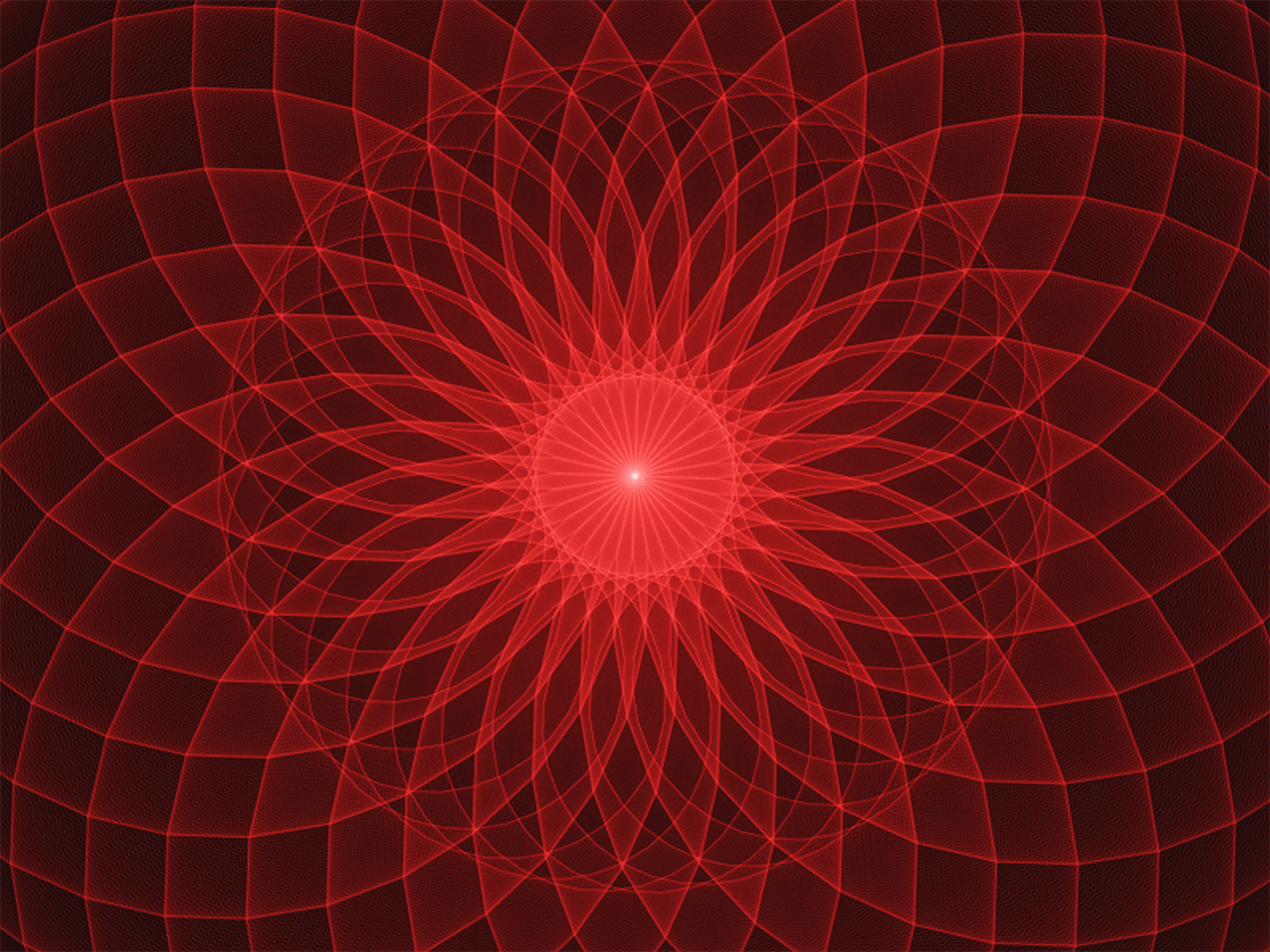Etruscan Enigmas: Spiritual Insights from Ancient Italy

Before diving in, please note: This post is for informational purposes only. If you’d like to know more about how we approach topics, feel free to check out our friendly Disclaimer Page.
Hey there, amazing readers! 🖐️ Just a quick note: yes, we know there are a lot of ads here. Trust us, we get it—it’s not the prettiest look, but they help us keep this blog alive and kicking. Those pesky little ads cover the costs of all the behind-the-scenes magic, from hosting and tech stuff to creating content we hope you’ll love.
We’re committed to delivering quality posts, and your support (even just sticking around despite the ads) means everything to us. So, bear with us, and thanks for helping us keep the good vibes rolling. Now, on to the fun stuff! 😉
TRANSLATE BUTTON AT THE END OF THE ARTICLE
A Quick Overview
The Etruscans, an ancient civilization that thrived in Italy from the 8th century BC to the 3rd century BC, continue to captivate historians and archaeologists with their intriguing enigmas.
This article aims to provide a comprehensive exploration of the spiritual insights derived from the Etruscans’ unique culture, shedding light on their mysterious origins, artistic treasures, intricate rituals, gods and goddesses, divination methods, views on death, symbolism, lost language, archeological sites, and their lasting influence on ancient Rome and beyond.
Ancient Civilization: Discovering the Etruscans
The Etruscans were a sophisticated civilization that inhabited the western coast of Italy, known as Etruria, encompassing modern-day Tuscany, Umbria, and Lazio.
Their civilization flourished from the 8th to the 3rd century BC and left a profound impact on the development of ancient Italy.
The Etruscans were renowned for their advanced knowledge in various fields, including agriculture, engineering, and art.
Their intricate burial tombs and artifacts provide valuable insights into their spiritual beliefs and practices.
Mysterious Origins: Unraveling the Etruscan Heritage
The origins of the Etruscan civilization remain a subject of debate among scholars.
While some theories suggest an indigenous development, others propose an arrival from the East.
The Etruscans were likely influenced by neighboring cultures such as the Greeks and Phoenicians.
Their unique language, which remains only partially deciphered, adds to the enigma surrounding their heritage.
Despite the mystery surrounding their origins, the Etruscans made significant contributions to the development of ancient Italian culture.
Artistic Treasures: The Etruscans’ Unique Aesthetic
The Etruscans were renowned for their artistic prowess and distinctive aesthetic.
Their art encompassed a wide range of mediums, including sculpture, pottery, and metalwork.
Etruscan sculptures often depicted human figures with a naturalistic approach, capturing subtle facial expressions and intricate details.
The art of pottery was also highly sophisticated, with intricate designs and vibrant colors adorning their vessels.
Etruscan metalwork showcased the mastery of techniques such as repoussé and granulation, producing intricate jewelry and decorative items.
Intricate Rituals: Uncovering Etruscan Spiritual Practices
The Etruscans had a deep connection with the spiritual realm, and their rituals played a significant role in their daily lives.
Rituals were conducted by priests known as haruspices, who interpreted the will of the gods through various methods.
Animal sacrifice held great importance in Etruscan rituals, as the examination of the animal’s organs provided insights into the divine messages.
The Etruscans believed in the concept of divine intervention in human affairs and sought guidance from the gods through their intricate rituals.
Gods and Goddesses: Exploring Etruscan Mythology
Etruscan mythology was rich with gods and goddesses, each with their own unique attributes and responsibilities.
Tinia, the equivalent of Jupiter in Roman mythology, was the supreme god, associated with the sky and thunder.
Uni, the goddess of fertility, was often depicted with a child in her arms.
Other prominent deities included Minerva, the goddess of wisdom, and Hercle, the Etruscan counterpart of Hercules.
The Etruscans believed that these gods and goddesses had direct influence over their daily lives and sought their favor through prayers and offerings.
Divine Divination: Etruscan Methods of Prediction
Divination played a significant role in Etruscan society, and the Etruscans employed various methods to seek insight into the future.
Haruspicy, the examination of animal organs, was one of the most important forms of divination.
By inspecting the liver, lungs, and other organs of a sacrificed animal, the haruspex could interpret signs and omens.
The Etruscans also practiced augury, the interpretation of bird flight patterns, and the study of lightning and celestial phenomena.
Divination was an essential tool for decision-making, guiding the Etruscans in matters of war, agriculture, and governance.
Necropolis and Afterlife: Etruscan Views on Death
The Etruscans had a profound fascination with death and the afterlife, evident in the elaborate necropolises that dotted their landscape.
These burial grounds were often adorned with intricate frescoes depicting scenes of daily life, banquets, and journey to the underworld.
The Etruscans believed in an afterlife where the soul would continue its existence.
Funeral rituals included cleansing the body, elaborate processions, and feasts to honor the deceased.
Tomb inscriptions and grave goods shed light on the Etruscans’ beliefs about the afterlife and their desire to ensure a prosperous journey for the departed.
Symbolism and Significance: Secrets of Etruscan Symbols
Symbols held great significance in Etruscan culture, serving as a means of communication and representation of abstract concepts.
The Etruscans employed a wide range of symbols, including animals, plants, and geometric patterns.
The bull, for instance, symbolized strength and fertility, while the eagle represented power and divine authority.
The use of symbols extended to their art, jewelry, and architecture, allowing the Etruscans to convey complex ideas and beliefs.
Deciphering the meaning behind these symbols provides valuable insights into their culture and worldview.
Lost Language: Deciphering the Etruscan Script
The Etruscan language remains only partially deciphered, presenting a challenge for researchers and linguists.
The Etruscans used a script known as the Etruscan alphabet, which was derived from the Greek alphabet.
Many inscriptions have been discovered on tomb walls, pottery, and other artifacts, but only a limited number of texts have been successfully translated.
The difficulty in deciphering the Etruscan script hampers our understanding of their literature, history, and religious texts.
Researchers continue to make progress in unraveling the mysteries of this lost language, but many enigmas still remain.
Archeological Insights: Etruscan Sites and Discoveries
Archaeological excavations have unearthed numerous Etruscan sites, providing valuable insights into their daily lives and cultural practices.
Some of the most notable sites include Tarquinia, with its intricate tombs adorned with frescoes, and Cerveteri, home to the famous Banditaccia Necropolis.
These sites have yielded a wealth of artifacts, including pottery, jewelry, and statues.
Excavations continue to uncover new discoveries, expanding our knowledge of this fascinating civilization and its spiritual heritage.
Etruscan Legacy: Influence on Ancient Rome and Beyond
Despite their eventual assimilation into Roman society, the Etruscans left an indelible mark on ancient Italy.
The Romans admired and adopted many aspects of Etruscan culture, including their religious practices, architecture, and art.
Etruscan influence can be seen in the design of ancient Roman temples and the use of the arch in architecture.
The Etruscan legacy also extended beyond Roman borders, influencing neighboring cultures such as the Greeks and Carthaginians.
The spiritual insights and cultural contributions of the Etruscans continue to captivate scholars and inspire further exploration.
Conclusion
The Etruscans, an ancient civilization of pre-Roman Italy, offer a fascinating glimpse into the spiritual beliefs, rituals, and artistic achievements of ancient Italy.
Through their intricate burial tombs, elaborate rituals, and unique aesthetic, the Etruscans have left a legacy that continues to intrigue and inspire.
Despite the enigmas surrounding their origins, language, and culture, ongoing archaeological discoveries and advancements in decipherment techniques allow us to unravel more of their mysteries.
The Etruscan civilization, with its spiritual insights and cultural contributions, serves as a testament to the rich and diverse tapestry of human history.

The Enlightenment Journey is a remarkable collection of writings authored by a distinguished group of experts in the fields of spirituality, new age, and esoteric knowledge.
This anthology features a diverse assembly of well-experienced authors who bring their profound insights and credible perspectives to the forefront.
Each contributor possesses a wealth of knowledge and wisdom, making them authorities in their respective domains.
Together, they offer readers a transformative journey into the realms of spiritual growth, self-discovery, and esoteric enlightenment.
The Enlightenment Journey is a testament to the collective expertise of these luminaries, providing readers with a rich tapestry of ideas and information to illuminate their spiritual path.
Our Diverse Expertise 🌟
While our primary focus is on spirituality and esotericism, we are equally passionate about exploring a wide range of other topics and niches 🌍📚. Our experienced team is dedicated to delivering high-quality, informative content across various subjects ✨.
To ensure we provide the most accurate and valuable insights, we collaborate with trusted experts in their respective domains 🧑🏫👩🏫. This allows us to offer well-rounded perspectives and knowledge to our readers.
Our blog originally focused on spirituality and metaphysics, but we’ve since expanded to cover a wide range of niches. Don’t worry—we continue to publish a lot of articles on spirituality! Frequently visit our blog to explore our diverse content and stay tuned for more insightful reads.





